Growth and innovation at Mitsui Chemicals
Minoru Koshibe
keynote talk given at 9th Ludwig Boltzmann Forum, Embassy of Austria in Tokyo, 16 March 2017
Minoru Koshibe, Mitsui Chemicals, Executive Vice-President, health care business sector and other business sectors
Summary written by Gerhard Fasol
Minoru Koshibe – Profile
Minoru Koshibe majored in protein crystallography with a Master’s Degree. He started work at a predecessor company in 1978, worked in processor engineering, and later in head quarters in corporate planning.
Mitsui Chemicals was established by merger in 1997. Minoru Koshibe in 2003 joined the fine chemicals division, was involved in the Sankyo Agro acquisition, in the establishment of subsidiaries/affiliates (JPS, HMCI, OPC, YK, JC and others), and in M&A (Acumen, KOC, Hereaus Kulzer)
Minoru Koshibe worked 17 years in manufacturing, basic chemicals, R&D, construction and production,
9 years in the function chemicals business sector, and
12 years in corporate planning, and business planning.
About the Mitsui Chemicals Group
Our corporate mission is:
Contribute broadly to society by providing high-quality products and services to customers through innovation and the creation of materials, while keeping in harmony with the global environment
And our corporate target is:
Constantly pursuing innovation and growth to become a chemical group with an undisputed global presence
- Founded: 01 October 1997 by merger, however Omuta Works started operation in 1912, so including predecessor companies Mitsui Chemicals has over 100 years history
- Paid in capital: YEN 125 billion
- Subsidiaries and affiliates: 133 (55 in Japan, 17 in the Americas, 20 in Europe, 16 in China, 7 in Singapore, and 18 elsewhere
- Employees: 13,600 (9,300 in Japan, 1,350 in the Americas, 1,100 in Europe, 800 in China, and 1,050 elsewhere
Business Segments
- Mobility (26%): PP compounds, elastomers, performance polymers, electrolytes
- Healthcare (13%): vision care, nonwovens, dental, amino acids
- Food and Packaging (16%): packaging films, protection films, agrochemicals, hybrid rice
- Basic materials (45%): gas pipes, bi-phenol, methyl methacrylate, PET resins, polyurethane
Origins and history of the Mitsui Chemicals Group:
- 1912. Contribute to solving food shortages caused by rapid population growth: manufacture raw materials for fertilizers from exhaust gas, a byproduct of coal business
- 1932. Contribute to preserve our indigo culture: achieve Japan’s first successful production of indigo dye by using chemical technology
- 1958. Contribute to industrial modernization. Construct Japan’s first petrochemical complex.
MCI 2025 Basic Strategies
- Pursue innovation
- Accelerate global expansion
- Strengthen competitiveness of existing businesses
Strategy for our Healthcare Domain
FY2016: Operating income = YEN 15 billion
FY2025: Operating income = YEN 45 billion + new business
Creation of new products
- vision: functional ophthalmic lens line-up
- hygiene: new functional nonwovens
- personal: new products for detergent and cosmetics
- oral: 3D printers and laser milling machines
Strengthen existing businesses
- vision: sales activities in North America, China and India
- hygiene: high functional nonwovens
- personal: licensing business
- oral: periodontal disease treatment drugs, IoT and network solution business, denture and OSA mouthpiece business in North America
New business
- vision: electronic glasses (see in the photographs below: Mr Minoru Koshibe was wearing prototype electronic glasses during the keynote lecture)
- personal: surgical materials, physical mobility
- oral: new domains of dental materials
Globalization
- hygiene: specialized products
- oral: dental business in India, ASEAN, Middle East and Eastern-Europe, dentures and OSA mouthpieces in Europe and Asia
Strategy for our healthcare domain: fusion of materials and IT, realization of personalized healthcare, open innovation
Super Aging Society is coming soon
As regenerative medicine technology advances, life expectancy might increase to 100 years age by the year 2050
Japan’s population has peaked around 125 million around 2010, and may decrease to around 50 million by 2100
When asked for their biggest regret in life, 70% of old people answer: Not to have taken on challenges:
Lets live to accomplish your purpose!
Lets make a meaningful life!
Lets change our thinking about aging: instead of seeing old age as a decrease in value, lets see old age as seniority, as increasing value through knowledge, challenges and experience!
Concern about Japanese Conglomerates
Over the last 20 years the “earning power” of Japanese companies decreased compared with other major countries.
Market capitalization (corporate value) of Japanese corporations is falling behind compared to both Western countries and emerging countries:
The stock index FY2016 / FY1990:
- Japan = 0.7
- USA = 7
- Germany = 7
- India = 24
- China = 24
- Indonesia = 12
thus while the stock index has grown 7 times both in Germany and USA, and grown 24 times in India and China, it has actually fallen by 30% in Japan.
Market capitalization FY2015 / FY1990:
- Japan = 1.7
- USA = 8.1
- Germany = 4.8
- India = 5.4
- China = 16
- Indonesia = 5.3
while the market capitalization has grown 8.1 times in USA, 4.8 times in Germany, and grown 5.4 times in India and 16 times in China, it has only grown 1.7 times in Japan.
Capital markets are actually highly complex systems including the markets (stock exchanges) investors, intermediaries, are influenced by disclosures and governance rules. We need to improve the system as a whole, as well as its parts, to improve the performance of Japanese corporations.
Epilogue
In the past technology was made for people, e.g. airplanes and jets. In future more and more products will be made for robots, drones and other machines. Where is the place for people in such a world?
Lets build a society where technology (robots) and people can coexist!
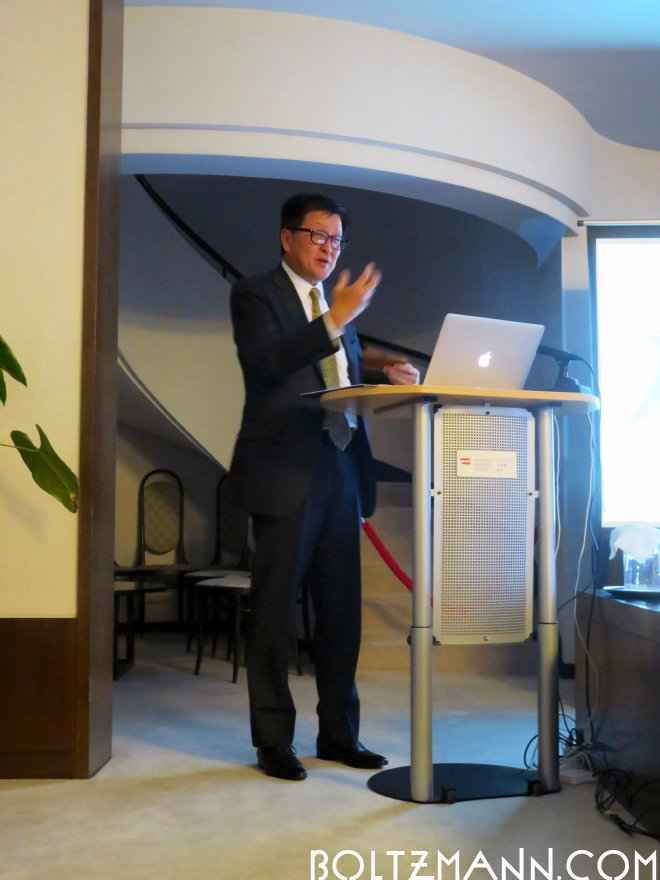
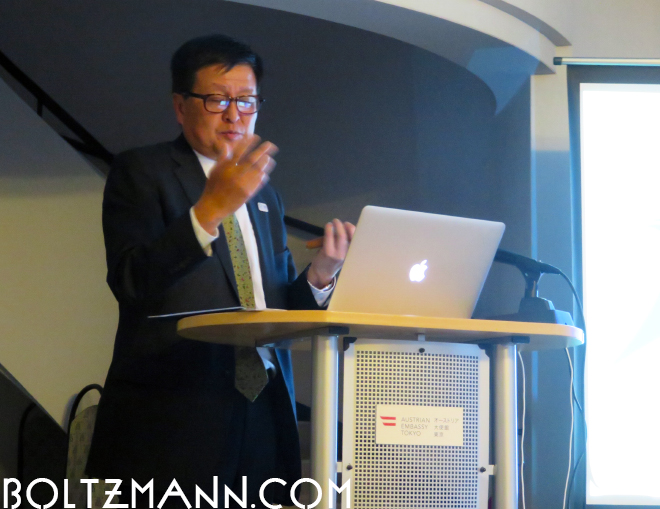

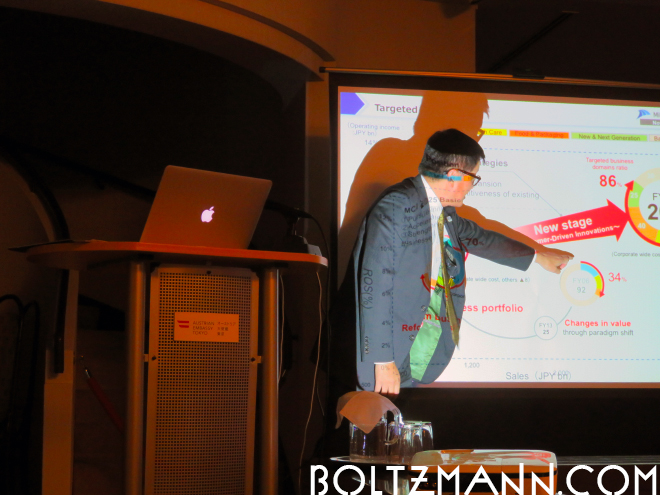

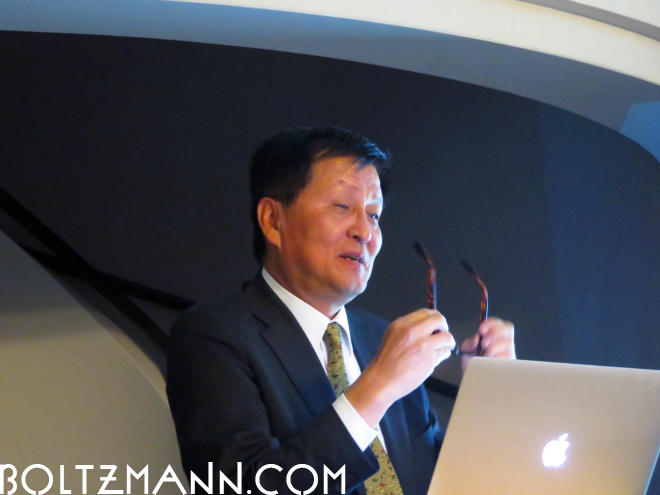
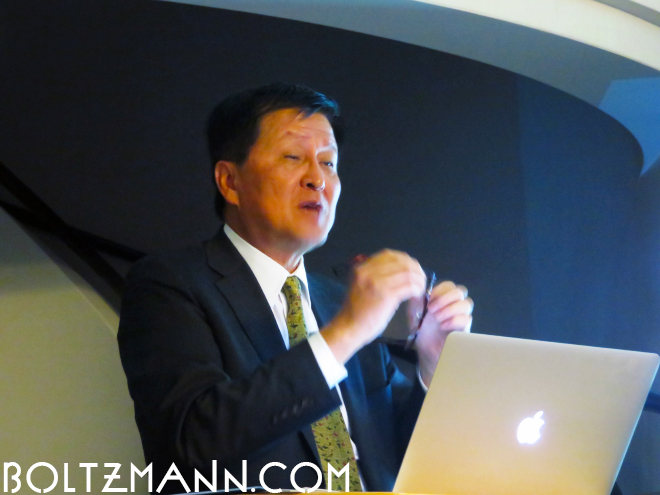
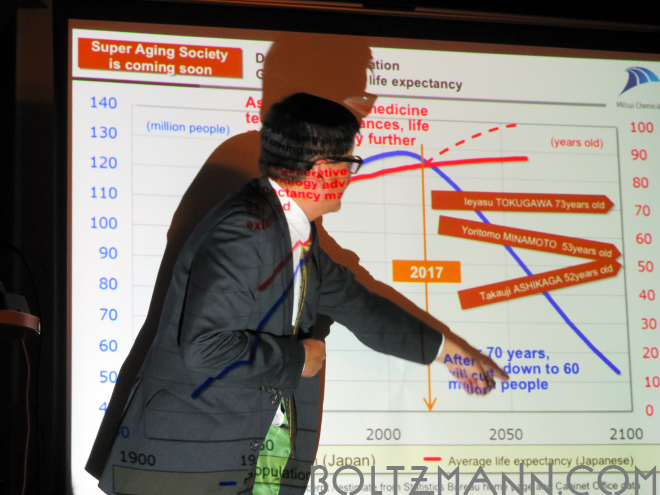
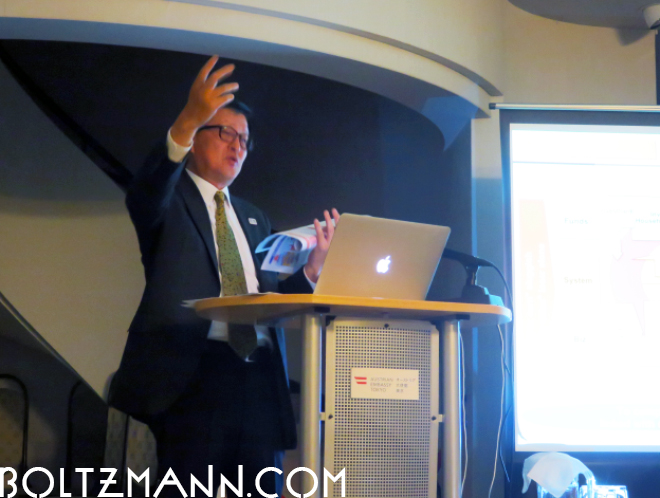

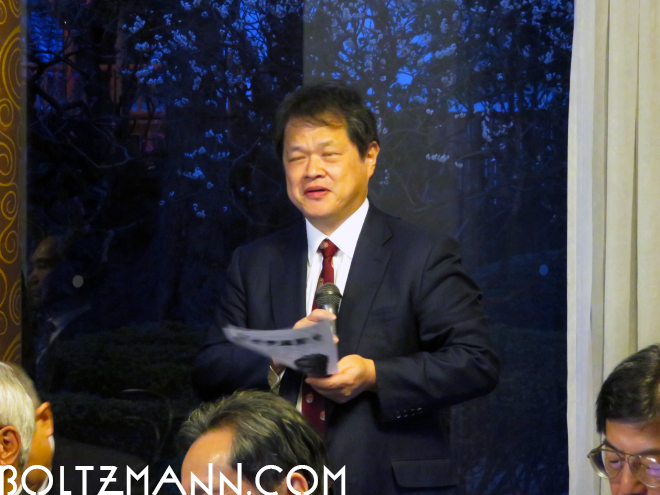
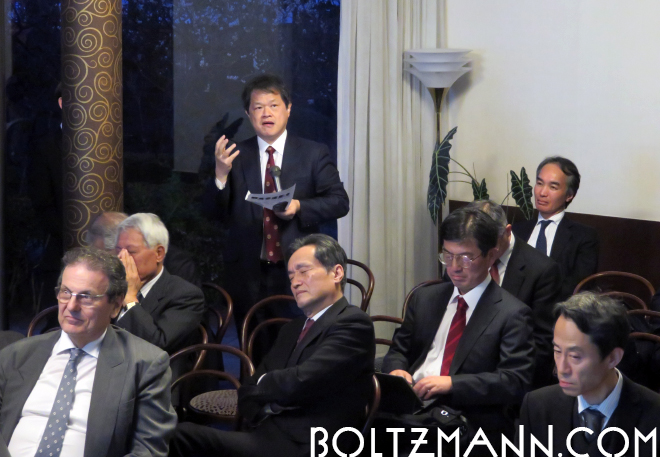
Copyright (c) 2017 Eurotechnology Japan KK All Rights Reserved
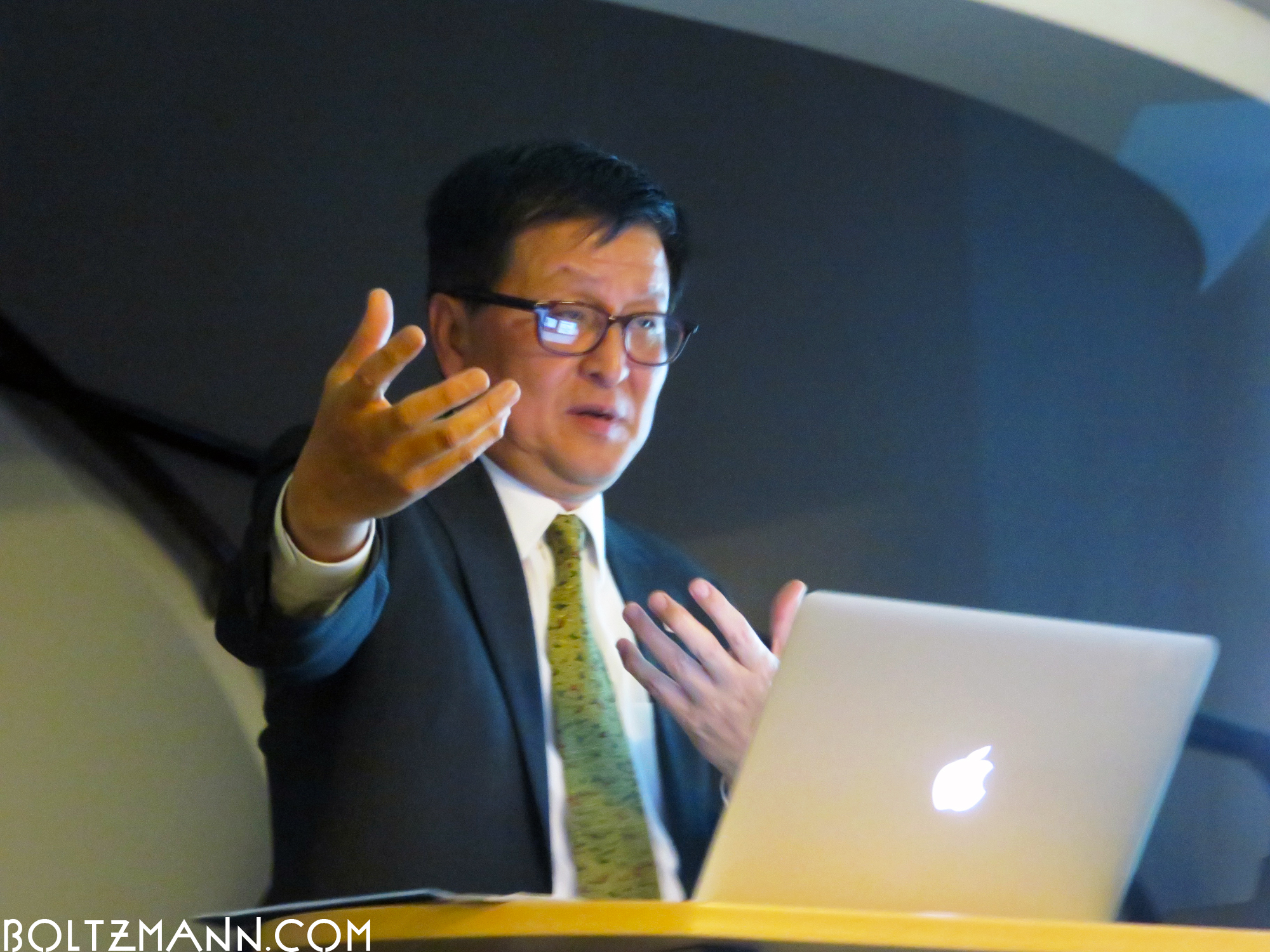
Leave a Reply